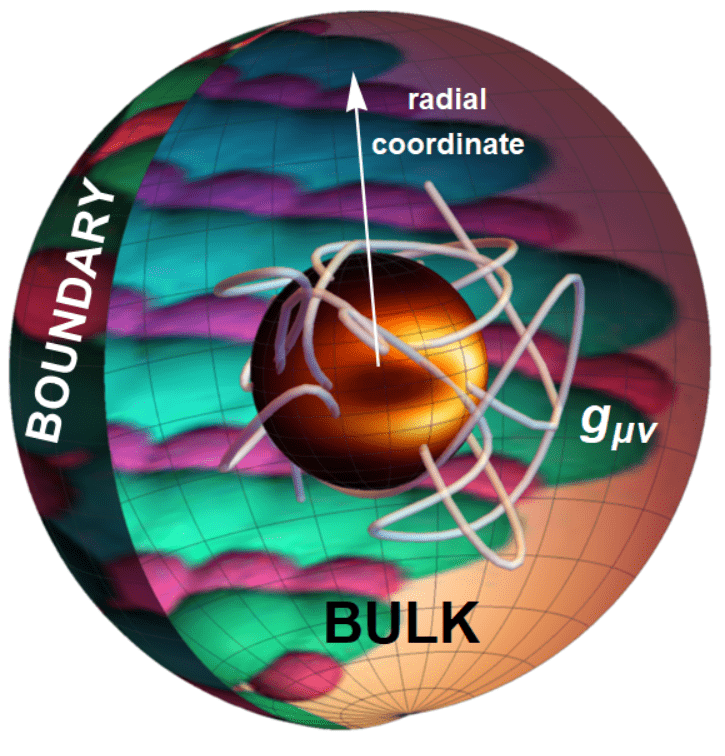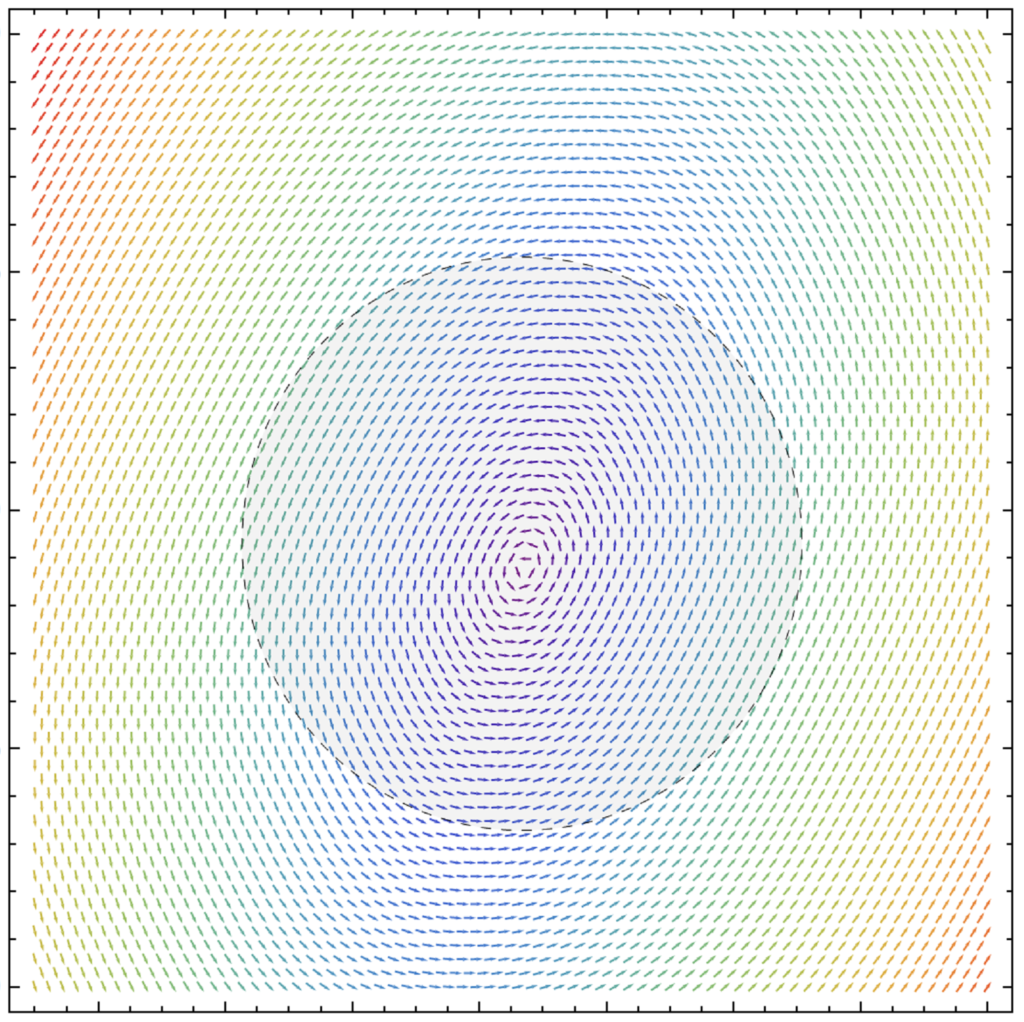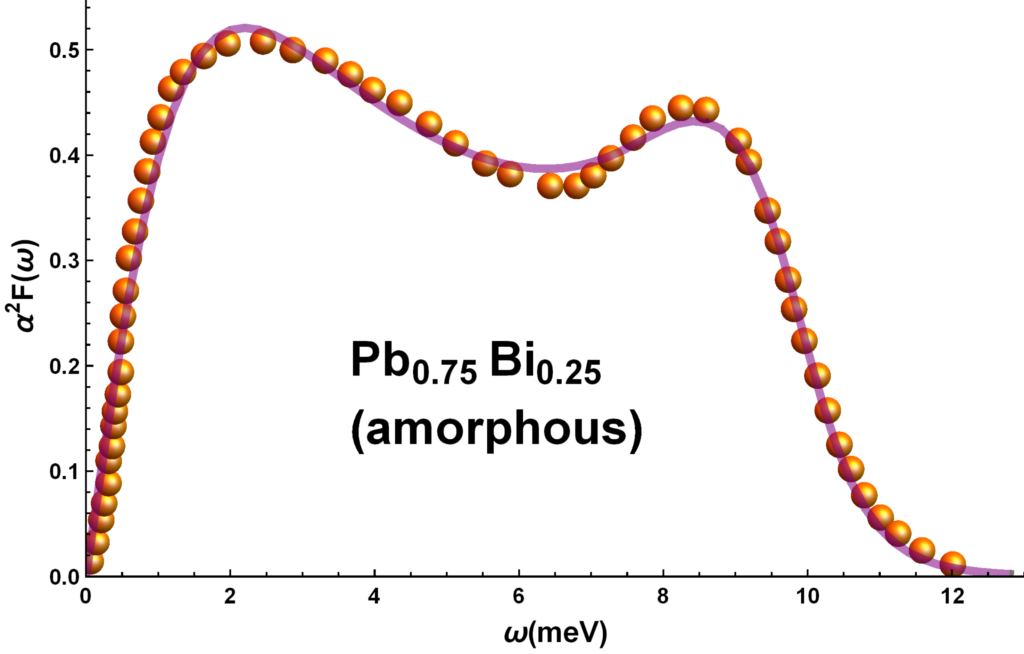Applied Holography

In recent years, surprising and deep connections between gravity, hydrodynamics, quantum field theory and quantum information have been revealed. The most profound of them is the so-called holographic correspondence which establishes a direct connection between gravitational theories and strongly coupled/correlated systems. This theoretical framework has emerged as an incredibly powerful tool to investigate several unresolved problems from different fields: condensed matter, QCD, hydrodynamics, and many more. The full shebang is highly interdisciplinary and it mixes a large variety of methods and systems providing a very broad view on some of the most important open questions in theoretical physics. At TheoryLab, we are investigating this theoretical framework in several aspects with the goal of shedding light on these fundamental connections and especially with the goal of applying this tool to some of the most profound mysteries in Nature.
TOPICS:
- Goldstone bosons in and out of equilibrium
- Holographic methods for soft matter, glasses and viscoelastic systems
- Dynamical Coulomb interactions
- Breaking spacetime symmetries
- Hydrodynamics and its properties
- Phase relaxation, phonons, phasons, solids and fluids
- Applications to strongly correlated systems (e.g. strange metals)
- Universal bound on transport, bounds on diffusion, pole skipping
- Superfluids and superconductors
Effective field theory & Hydrodynamics

Complex systems involve usually a large plethora of emergent collective phenomena which are hidden behind a complicated many body dynamics. “More is different” and more is usually complicated. A microscopic reductionist approach is hopeless. Could you imagine to describe the waves in the Ocean using the dynamics of the single water molecules?! Nevertheless, most of these systems display several universal features which are often insensitive to the specific details of the system. The idea is to stop being slaves of the microscopics and assume a broader perspective on the problem based on few but fundamental ingredients. Symmetries are the key. The big question in this picture is how far can we go only knowing few information such as symmetries? And surprisingly the answer is a lot! This is exactly the main logic behind effective field theories and hydrodynamics. Given the independence on the microscopic details, these theories display a huge range of applicability which span very different scales and systems. Here, at TheoryLab, we are interested in understanding, generalizing and applying these theoretical frameworks to a large class of systems such as Strange metals, disordered systems, glasses, liquids, systems out of equilibrium and with dissipation and many more.
TOPICS:
- Solids VS fluids
- Amorphous systems and glasses
- Quasicrystals
- Global higher form symmetries
- Fractons, elasticity and gauge theories
- Anomalous diffusion
- Topological phonons
- Conformal elasticity
- Field theory with dissipation
- Non-hermitian field theories
- Keldysh-Schwinger methods
- Goldstones and symmetries out of equilibrium
Soft matter theory

Liquids, amorphous systems and glasses are ubiquitous around us and they are extremely importance for material design, technological applications and life. Nevertheless, differently from gases and solids, these systems are extremely poorly understood from the theoretical point of view. We do not have even a precise definition accounting for their differences based on fundamental principles and symmetries. Fortunately, we have at our disposal a large number of experiments and simulations results which scream for a theoretical explanation. How are liquids different from solids? Are glasses liquids, solids or a class on their own? How can we explain from fundamental principles the differences in thermodynamic, vibrational modes, mechanical response, etc ? These are only few of the questions which we are addressing at TheoryLab in Shanghai.
TOPICS:
- Demystifying and understanding the Boson Peak
- Anomalous glassy properties in ordered systems
- Soft mode dynamics and ferroelectric instabilities
- Vibrational and thermodynamic properties of liquids
- Topological defects and plasticity
- Non affine dynamics
- Confined systems and their vibrational properties
- Linear in T specific heat and theories beyond TLS
- Instantaneous normal modes
- Nonlinear elasticity
- Shear waves in liquids and glasses
Theoretical condensed matter

Condensed matter physics is both useful and fundamental. Condensed matter systems are very diverse and they present incredibly interesting properties such as superconductivity, topological phases, anomalies and many more. Condensed matter is not only the study, design and implementation of materials but it is also an endless factory of questions for theorists which especially in the recent years have produced impressive results and overlaps with high energy theory, hydrodynamics, quantum information theory and even gravity. Theory without data is myth, but data without theory is madness. Here, at TheoryLab, we are eager to help our condensed matter colleagues to reveal the most intricate theoretical structures in nature and predicts new and useful properties for the materials in our labs.
TOPICS:
- Topological phonons
- Effects of topology on superconductivity
- Superconductivity in amorphous systems
- Bounds on energy and momentum diffusivities
- High pressure superconductors
- Weyl semimetals and anomalous transport
